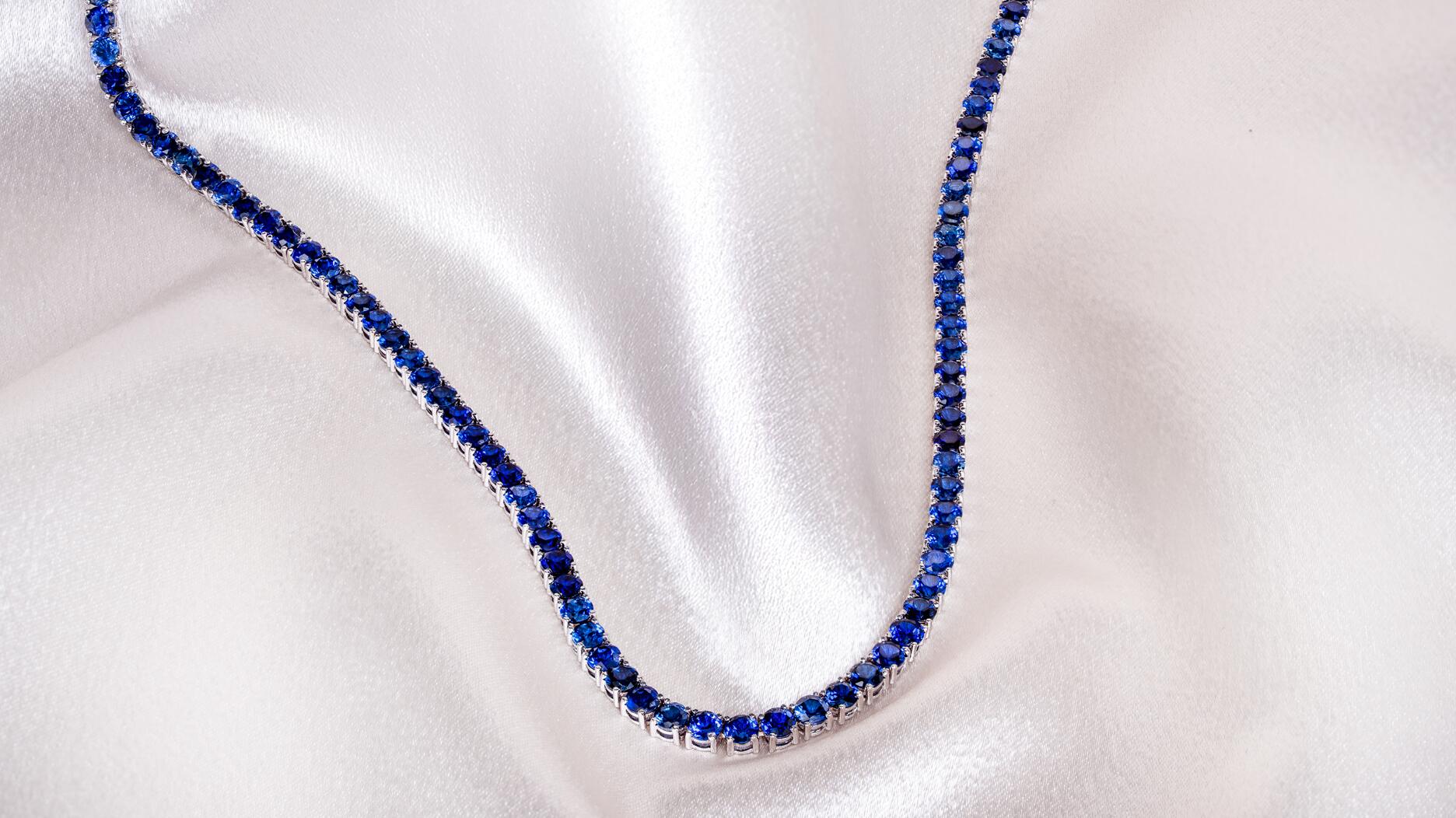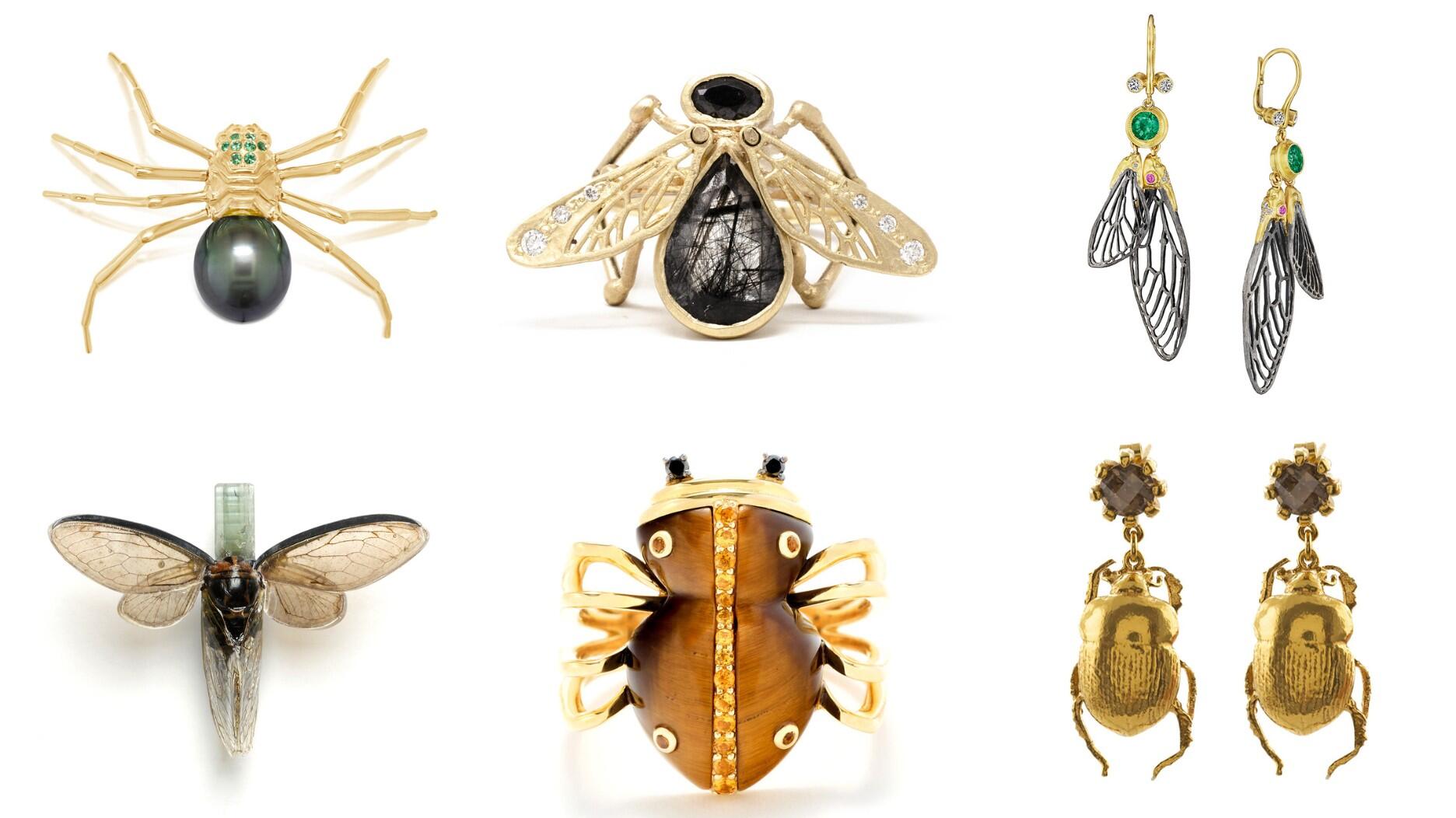Berta de Pablos-Barbier will replace Alexander Lacik at the start of January, two months earlier than expected.
8 Takeaways from a Panel on Gemstone Cutting
Senior Editor Brecken Branstrator shares quotes and insights gleaned from experts during a discussion at the Chicago Responsible Jewelry Conference.
When responsible sourcing conversations arise, quite often they focus on the mining end of the supply chain.
So when I attended the recent Chicago Responsible Jewelry Conference, I was pleased to listen to a panel session on an area that can often be left out of the responsible conversation even though it’s just as important: cutting.
Eric Braunwart of Columbia Gem House moderated and participants were: Brandee Dallow of the Responsible Jewellery Council; American diamond cutter Maarten de Witte; Dharmendra Tank of Indian manufacturer Heeralal Chhaganlal Tank; Patricia Mweene of Inonge Zita Zambian Gemstones, which is helping develop the country’s cutting industry; and Rachel Hill of Americut Gems, which has a cutting facility in New Jersey.
Here are just a few of the many great quotations and insights from the conversation.
On realizing the need to build the lapidary sector in Zambia
“I wanted to make jewelry with gemstones from Zambia because I knew there were gemstones from Zambia. So I’d go to Hatton Gardens (in London) and try to buy some gemstones from Zambia for my jewelry. And when I saw the prices there, I thought something was absolutely wrong. No. Everything was fine. Just looking at those prices, I thought, well, if these stones are coming from Zambia and we have a gem cutting school in Zambia, why are we not getting a bit of these profits?”
-- Patricia Mweene
On the challenges faced by Zambian gemstone cutters
“One of the key challenges has been that most of the cutters in Zambia don’t have access to machinery. If they have a machine, it’s probably an old, old machine. In Africa, generally, when you have a machine, like you have a car and it breaks down, you don’t throw it away. You repair it until you cannot repair it anymore. For some of the cutters, it’s just simple things like laps. They’re cutting stones but they can’t afford to buy laps or spare parts.”
-- Mweene
“There are a lot of challenges, but mainly it’s access to machinery and access to the market so we can sell the gemstones at a fair price and cut out all the middle men because there are way too many middle men in the supply chain, the foreign middle men as well as all the local middle men.”
-- Mweene
On similar challenges seen by cutters in Madagascar
“After the first trip (for a World Bank
-- Eric Braunwart
On obstacles in India
“The biggest problem for our cutting factories recently is a regular supply of material … I know everyone must [wonder] why India is seeing so few cutters coming up in this business. That’s the reason; there’s no stability for them. We have to find a proper supply chain that we can definitely sustain all those cutters if they want to work with us.”
-- Dharmendra Tank
On Americut’s robotic cutting technology and its role in the sector
“We are trying to produce something that is technically very precise. We’ve started implementing a certification, so to speak, by scanning the gemstones and producing a symmetry grade, which is the exact same one that they use for diamonds with the GIA. This has never been heard of and I don’t know if it could be replicated in the future either, but it certainly creates a fingerprint for the gemstone that you know it’s not from overseas.”
-- Rachel Hill
On the need to tell the story
“If you’ve been to the factories, then you know and you’ve seen probably firsthand the passion and the art of cutting. And those are stories that I think we need to add to our repertoire, whether at the retail level or any level of the supply chain, because these people who are cutting these gemstones will literally tell you that the stones speak to them and tell them how they should be cut and what these stones want to be. There’s another great value-added story that we really should add to our repertoire to help the consumer understand just how many people, and how many passionate people, are involved in our process.”
-- Brandee Dallow
“It is about stories, but it’s also about very succinct stories. It’s about stories that consumers themselves can repeat. Just because you can tell them a good story doesn’t mean it’s a story that they can tell their friends. ‘Oh I bought because I heard about this guy, I met this guy, and he does this and I wanted one and that’s why I bought this.’ That is missing in our trade to a large extent. And even more so because we are so heavily involved in technology and trading information so it becomes ‘I have this, this and this—the same as everybody else—and I can sell it to you cheaper.’ If that is the only story we have to tell people, we’re doomed.”
-- Maarten de Witte
The Latest

Sotheby’s held its first two jewelry sales at the Breuer building last week, and they totaled nearly $44 million.

Winners will receive free registration and lodging for its fourth annual event in Detroit.

How Jewelers of America’s 20 Under 40 are leading to ensure a brighter future for the jewelry industry.

Here are six ideas for making more engaging content for Instagram Reels and TikTok, courtesy of Duvall O’Steen and Jen Cullen Williams.


The honorees include a notable jewelry brand, an industry veteran, and an independent retailer.

Carlos Jose Hernandez and Joshua Zuazo were sentenced to life without the possibility of parole in the 2024 murder of Hussein “Sam” Murray.

Roseco’s 704-page catalog showcases new lab-grown diamonds, findings, tools & more—available in print or interactive digital editions.

Yood will serve alongside Eduard Stefanescu, the sustainability manager for C.Hafner, a precious metals refiner in Germany.

The New Orleans jeweler is also hosting pop-up jewelry boutiques in New York City and Dallas.

Set in a Tiffany & Co. necklace, it sold for $4.2 million, the highest price and price per carat paid for a Paraíba tourmaline at auction.

The jeweler’s “Deep Freeze” display showcases its iconic jewelry designs frozen in a vintage icebox.

Take luxury gifting to new heights this holiday season with the jeweler’s showstopping 12-carat sphene ring.

This year's theme is “Unveiling the Depths of the Ocean.”

In its annual report, Pinterest noted an increase in searches for brooches, heirloom jewelry, and ‘80s luxury.

Starting Jan. 1, customers can request the service for opal, peridot, and demantoid garnet.

The 111-year-old retailer celebrated the opening of its new location in Salem, New Hampshire, which is its third store in the state.

The new catalog features its most popular chains as well as new styles.

The filmmaker’s personal F.P. Journe “FFC” prototype was the star of Phillips’ recent record-setting watch auction in New York.

The new location in the Design District pays homage to Miami’s Art Deco heritage and its connection to the ocean.

Inflations, tariffs, and politics—including the government shutdown—were among consumers’ top concerns last month.

“Longtime favorite” presenters, as well as first-time speakers, will lead talks and workshops at the annual event in Tucson next year.

Silas Smith of Meridian Metalworks won the challenge with his pendant that blends Australian and American landscapes.

The sale of the 31.68-carat, sunset-hued stone was part of Sotheby’s first series of events and auctions in Abu Dhabi.

Most customers who walk into your store this month have made up their minds. Your job is to validate their choice, Emmanuel Raheb writes.

The collection features characters and motifs from Ukrainian folklore, including an enchanted mirror and a magic egg.

MatrixGold 3.11, the newest version of the jewelry design program, offers more flexibility, precision, and creative control.



























